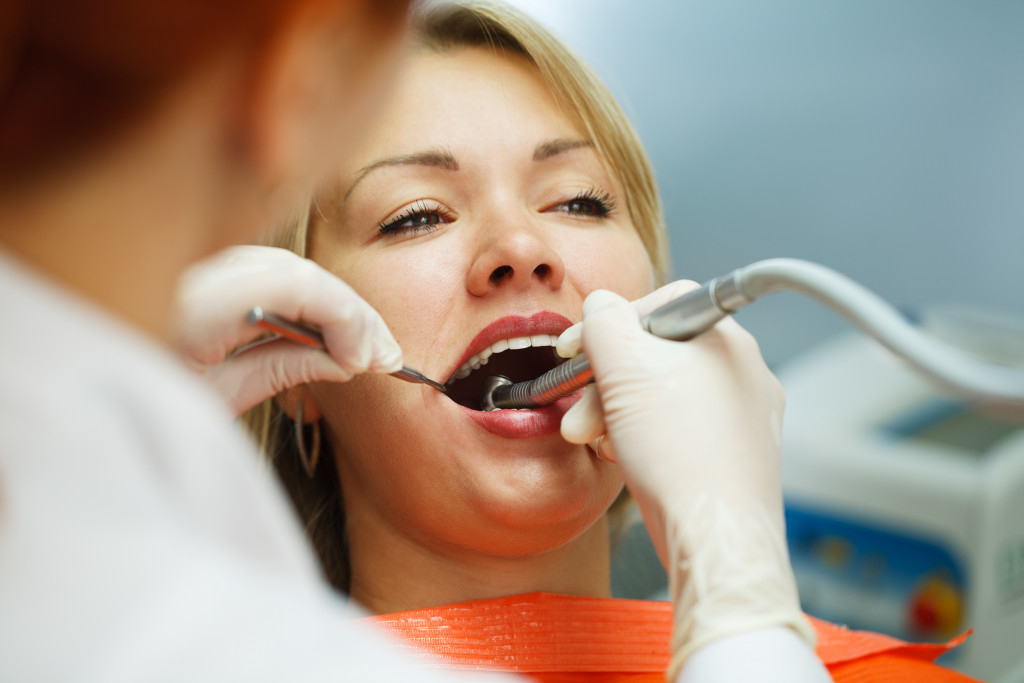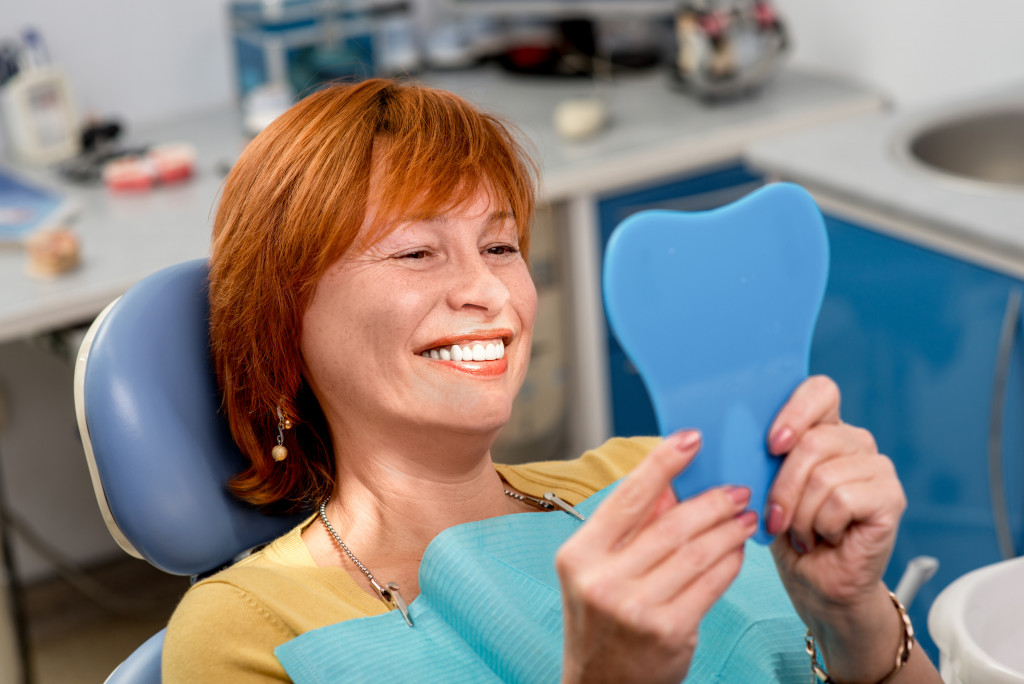- Dental injuries should not be neglected after an accident, as they are essential for protecting your body from infections.
- Common dental injuries resulting from accidents include fractured or broken teeth, dislodged or knocked-out teeth, and tooth cracks and chips.
- Dental restoration options for rebuilding teeth include dental bonding and non-invasive teeth replacement options like dentures and flippers.
- Dental bonding is ideal for fixing minor issues, while dental crowns can restore a tooth’s shape, size, and strength.
- Non-invasive teeth replacement options, such as removable dentures or flipper partials, offer flexibility, affordability, and convenience.
In the aftermath of an accident, many people tend to focus on repairing visible injuries such as cuts or bruises. However, dental injuries should not be neglected significantly if they affect the structural integrity of your teeth.
Your teeth are essential for more than just chewing and speaking; they also play a crucial role in overall health. Teeth are part of your body’s natural defense system against harmful bacteria.
When you injure your teeth, you compromise their ability to protect your body from infections. Dental injuries that go untreated can lead to more severe health problems in the future.
This blog will explore the different types of dental injuries resulting from accidents and dental restoration options available for rebuilding your teeth.
Common Dental Injuries Resulting From Accidents
Dental injuries resulting from accidents can vary in severity, from simple chips and cracks to more complex issues such as broken and knocked-out teeth. Some of the most common dental injuries resulting from accidents include:
Fractured or Broken Teeth
Fractured or broken teeth can occur due to a fall, car accident, or sports injury. Such damage can range from minor chips to more severe breaks. Depending on the severity of the fracture, your dentist may recommend dental bonding, crowns, or veneers to restore the tooth’s structure.
Dislodged or Knocked-Out Teeth
A dislodged or knocked-out tooth is a common dental injury from accidents. Fast action is critical in such cases, as the tooth can be saved if reinserted within 30 minutes. However, if it is not possible to reinsert the tooth, a dental implant or dental bridge can replace the missing tooth.
Tooth Cracks and Chips
Tooth cracks and chips can result from a range of accidents, including falls, sports injuries, and even biting on complex objects such as ice cubes. Depending on the severity of the crack or chip, dental bonding, veneers, or crowns can be applied to restore the tooth’s strength and appearance.
Dental Restoration Options for Rebuilding Teeth
Fortunately, several dental restoration options are currently available to rebuild your teeth. They have different benefits and drawbacks; your dentist can help you choose the best option. Here are a few common dental restoration options.
Dental Bonding and Composite Fillings
Dental bonding is a cosmetic treatment that involves applying a composite resin that matches the natural color of your teeth. It is ideal for fixing minor dental issues like chips, cracks, and gaps between teeth. Composite fillings can be used to repair teeth damaged by decay or cavities.
Dental Crowns and Bridges
Dental crowns are tooth-shaped caps that are placed over damaged or broken teeth. They can restore your tooth’s shape, size, and strength while improving dental appearance.
Bridges, on the other hand, are used to fill gaps between teeth. The surrounding natural teeth support them and can significantly improve your chewing ability.
Dental Implants
Dental implants are a popular option for restoring missing teeth. They involve placing a small titanium screw in your jawbone as a replacement tooth root. A dental crown is attached to the implant to create a natural-looking tooth. Dental implants are durable, long-lasting, and permanent.

Non-invasive Teeth Replacement Options
When considering dental restoration, there are several options, depending on the extent of the damage, budget, and preference.
Aside from surgical procedures, non-invasive teeth replacement options offer flexibility, affordability, and convenience for individuals seeking tooth replacement solutions without requiring surgical procedures or extensive tooth modifications.
Here is a breakdown of the most popular non-invasive teeth replacement options to help you make an informed decision.
Removable Dentures
This is the most common option for tooth replacement, and it’s relatively affordable. Removable dentures are typically made of acrylic resin, a type of plastic, and are held in place using adhesive paste.
The dentures rest on the gum, providing stability while eating and talking. Adapting to dentures usually takes time, but they can become comfortable with practice.
Snap-on Dentures
These are a more permanent and comfortable alternative to traditional removable dentures. Snap-on dentures are anchored in place using dental implants that act as support.
Unlike removable dentures, snap-on dentures do not compromise the structural integrity of your remaining teeth.
Dental Flippers
Dental flippers are made of denture acrylic and are generally used for temporary teeth replacement. Flippers attach to the teeth on the side of a missing tooth and are typically used for aesthetics rather than function.
Flipper Partials
Flipper partial is a removable, lightweight dental appliance that replaces missing teeth. It is acrylic and can be used for short-term or long-term teeth replacement. It is an attractive, functional, and affordable option compared to dental implants.

Dental restoration is essential after accidents that affect your teeth. It restores the structure and function of your teeth and ensures your overall well-being. Dental bonding, composite fillings, dental crowns and bridges, and dental implants are options for rebuilding teeth.
Knowing which option is best depends on various factors, including the specific type of dental injury, overall dental health, and budget.
